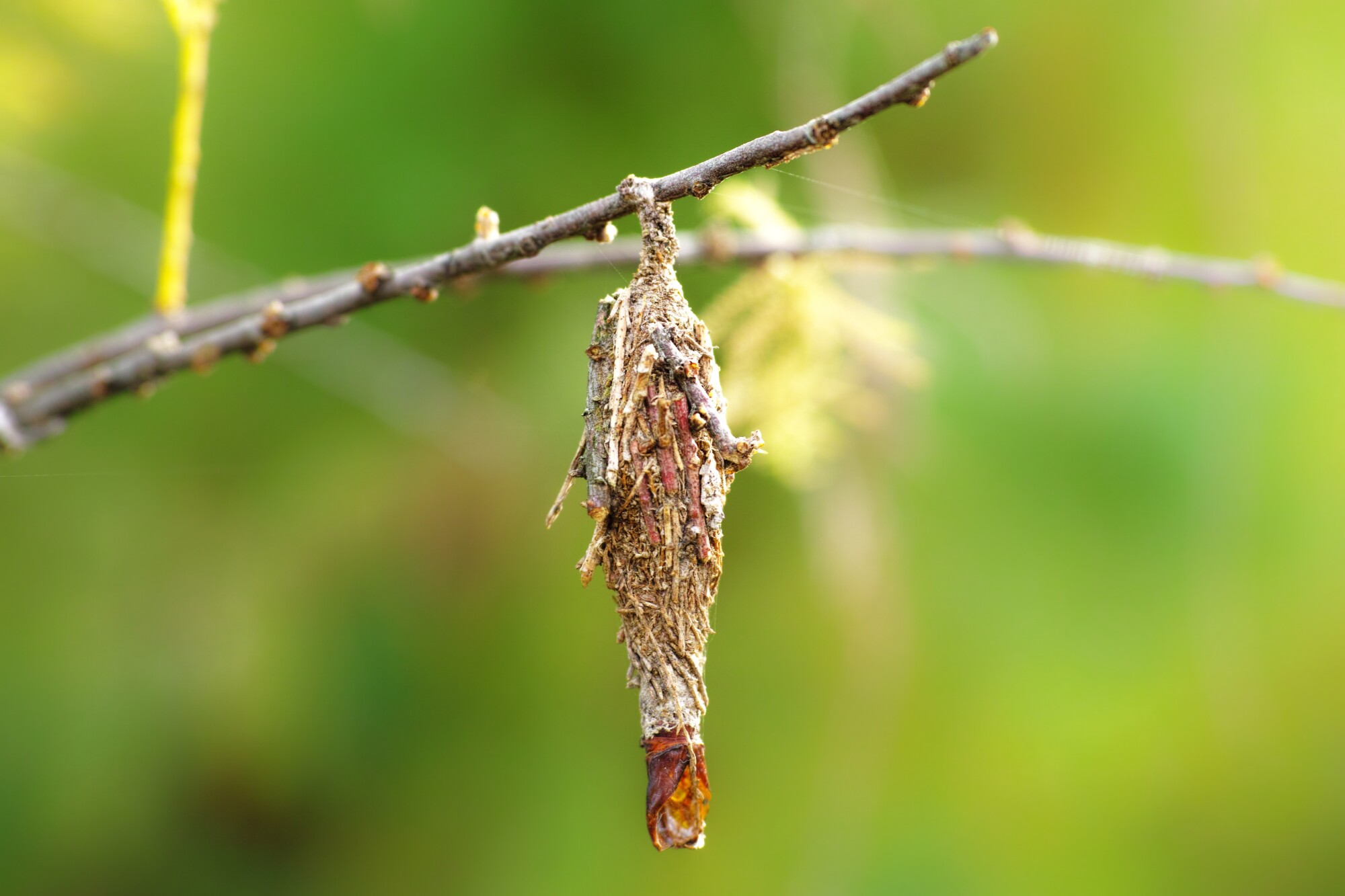Do you suspect your plants are infested with bagworms? Bagworms aren’t actually worms, but caterpillars called Thyridopteryx ephemeraeformis.
They have a yearly cycle that, if left untreated, can cause havoc on your landscape. Better to nip this one in the bud if you can.
How can you tell if you have bagworms, where is the threat worst, and what can you do about it? Keep reading to find out everything you need to know about bagworms in Southern Maryland and beyond.
What Is the Threat of Bagworms?
To humans, there is no threat. They’re not poisonous, don’t bite or have spines, and don’t destroy homes. They are, however, a great threat to your evergreens and deciduous woody plants and shrubs.
Bagworm larvae eat copious amounts of the foliage of your trees while they’re growing.
During the summer they eat and grow until they start the pupae phase in fall or autumn. At this point, they attach their bags to the tree and lock themselves inside. Before winter starts in earnest, they emerge and mate.
These bags may end up girdling the tree, over time.
The females lay between 500 and 1000 eggs in the bag and then leave it to die off elsewhere. The eggs lay dormant until winter starts to thaw and the cycle begins anew.
Where Is the Bagworm Threat Worst?
The bagworm threat is seen worst on the eastern seaboard of the US. Predominantly in the northern areas with heavy evergreen coverage in yards. While evergreens are not their sole source of food and shelter, they do thrive in them.
In rural areas, there are enough other wildlife and natural predators such as wasps and birds to pick them off and keep them in control. In more urban areas with plentiful evergreen and deciduous victims and fewer predators. This is true even if harmful chemicals get used.
It’s not always easy to know if you have a bagworm infestation until there are quite a number of silk bags or dying branches. You can get started on preventative measures or counter the larvae right away, or before they appear. Although that means that you can identify them and their adult moth phase well ahead of the infestation.
What Are the Symptoms?
Browning or dying foliage, branches, and boughs, and unattractive bags hanging from the tree. Once 80% of an evergreen tree has been damaged by the bagworms, it’s almost impossible to recover it.
You can see the larvae under the tree in late spring to early summer as they hatch, though they’re only 1/25 of an inch at this point. They spread through “ballooning” (making parachutes out of silk) and floating to nearby trees if there isn’t enough of a food source.
browning patches or dead branches are a typical sign until the bags accumulate.
What to Do About Bagworms
Bagworms can be a handful to eliminate. Professional care and attention can get rid of them in most cases.
Handpicking and cutting off branches are only so effective. Cutting off branches may be necessary, but only as a last resort. Handpicking the bags also leaves the silk behind, which often girdles the tree.
This causes dead or dying branches, boughs, and more.
Professional pest control often means special chemicals sprayed on the tree or injected into the trunk to get rid of bagworms for up to two years without more bagworm treatment. It also acts as a protective measure if you think your landscape is in a particular threat zone.
Contact Planet Friendly Pest Control today to make sure your landscape gets protection from bagworms and other invaders before the damage starts, the eco-friendly way.
NEED HELP?
If you live in Southern Maryland, or Northern Virginia
FIND YOUR SOLUTION HERE
People, Pet & Pollinator Safe! Pest control for people who care.
